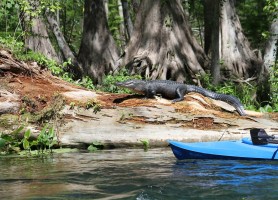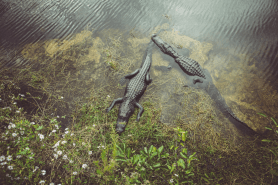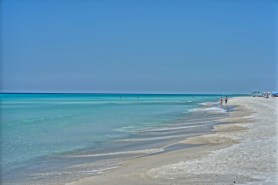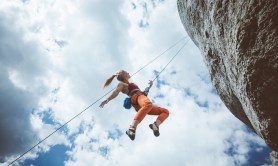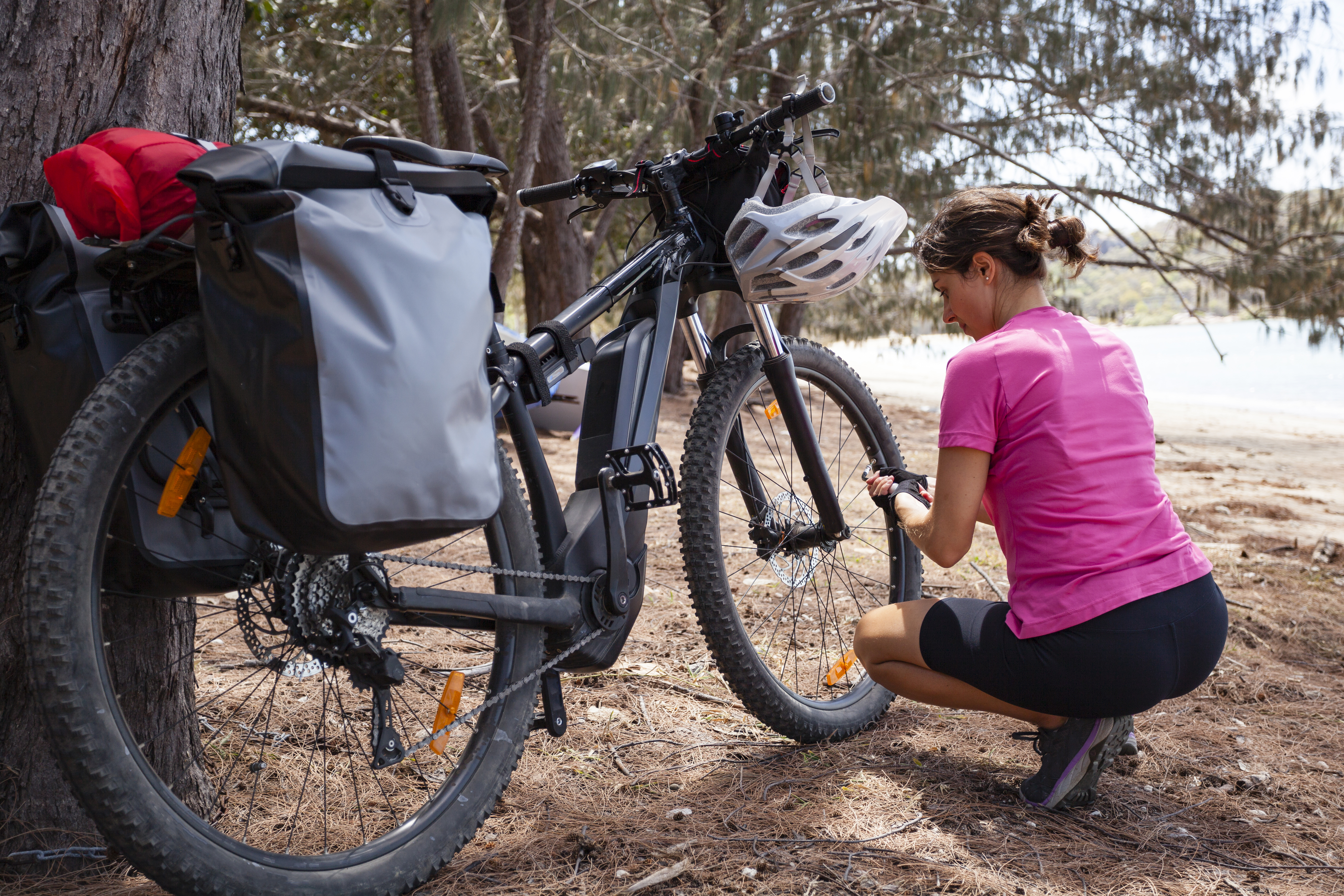

Whether you love them or hate them, e-bikes are here. Their explosive growth in popularity proves these bikes aren’t going anywhere soon. Now, the question is should these peddle-assisted and sometimes borderline electric motorcycles be allowed in National Parks?
Videos by Outdoors
E-bikes are getting more people on two wheels, benefiting not only the riders but also the environment, as the bikes are a far more sustainable option than a car. While this is receiving the praise of some environmentalists, others are concerned about the long-term impacts of where bikes are allowed.
Do the electronic bikes in some way take away from our National Parks? Does it increase safety risks, and can it damage the often fragile backcountry? These items are still up for debate, following public comments and even a lawsuit.
The National Parks E-Bike Debate
The e-bike debate in National Parks started in 2019 when the current Secretary of Interior issued a memo granting electric bikes access anywhere a traditional bike can go within a park. The one caveat is that a park’s superintendent could issue bans in certain areas if they determined it could be a problem.
However, the policy quickly sparked outrage. Groups like the Public Employees for Environmental Responsibility (PEER) filed a lawsuit. A court sided with PEER, forcing the NPS system to conduct an assessment on e-bikes in parks.
What followed was two years of trial and error and studying the impact e-bikes had on trail systems and park roads.
The NPS issued the study in June of this year with two alternative plans. The first plan maintains the current rule, but the NPS prefers a second alternative that gives park superintendents additional oversight. This plan is similar to the current rule, but superintendents get to decide on e-bikes in areas where you don’t see traditional bikes, like parking lots and roadways. Essentially this allows park superintendents more of a say.
Arriving at Today
So how did the NPS come to this decision to keep the e-bikes?
During the years since the announcement of e-bikes in parks, the National Park Service focused on the environmental impact of the bikes. With more than 400 units in the NPS system, this can prove complicated, with parks varying from the arctic tundra of Alaska to busy areas in the heart of Washington, DC.
The NPS says its focus is always on preservation, whether that’s historic or natural. The NPS used their own analyses and studies from other organizations for the assessment. In the end, they found that most e-bikes are no more damaging than traditional bikes on trails. Traditional bikes are also highly regulated in National Parks, and many ban them on trails altogether.
These studies are all part of the assessment that keeps e-bikers peddling in parks for now.
What’s Next?
Following the NPS’ updated report on e-bikes and their proposed action, they asked for public comment in July. These comments are now part of consideration before the NPS makes a final decision.
However, not everyone is happy with where the assessment ended. PEER, the organization that initially sued, released a statement saying the report dodges significant issues parks face, like wildfires and other impacts.
“The Park Service assessment repeatedly claims that any negative impacts will be avoided by ‘user education’ without providing any reason for confidence in that approach,” said PEER Senior Counsel Peter Jenkins in their statement. “On e-bikes, the Park Service is hoping for the best but without analyzing, let alone preparing for, the worst.”
There is no word on when the NPS will decide on the path forward for e-bikes.
Check out PEER’s list of parks that currently allow e-bikes.


